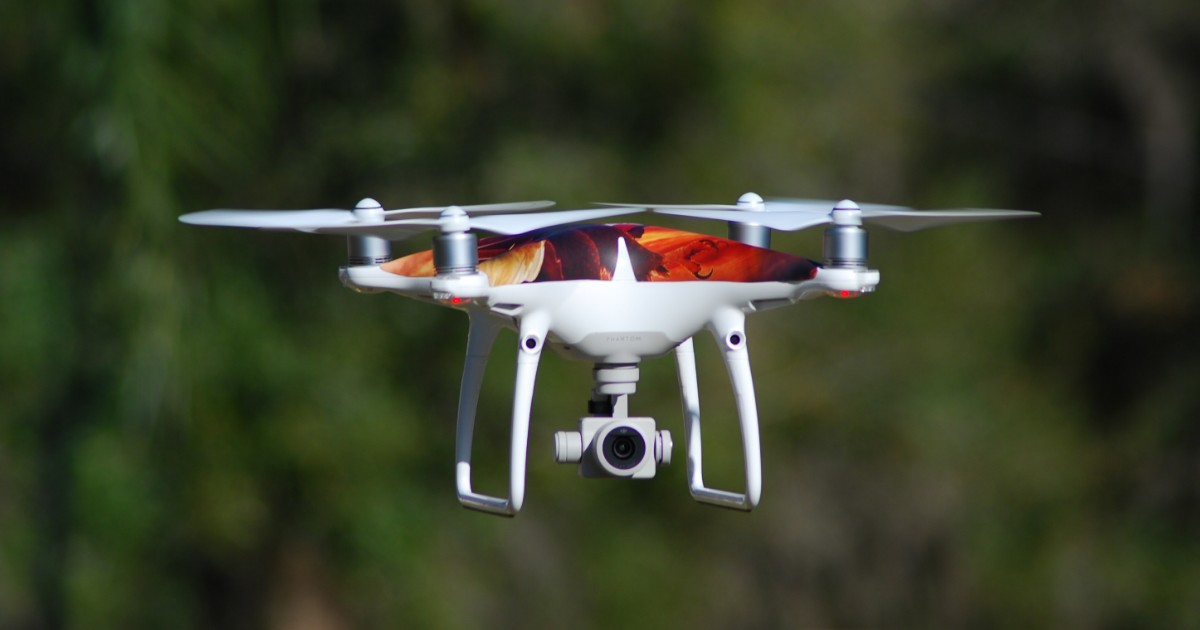Unmanned Aerial Vehicles (UAVs) and Their Applications
A special issue of Applied Sciences (ISSN 2076-3417). This special issue belongs to the section "Transportation and Future Mobility".
Deadline for manuscript submissions: closed (20 May 2023) | Viewed by 29654

Special Issue Editors
Interests: robotics; computer vision applications; machine learning; motion estimation; algorithm design applied to advanced robotics; data science
Special Issues, Collections and Topics in MDPI journals
Interests: robotics; artificial intelligence
Interests: machine learning; self-organizing maps; robotics; algorithm design applied to advanced robotics
Special Issues, Collections and Topics in MDPI journals
Special Issue Information
Dear Colleagues,
Nowadays, unmanned aerial vehicles (UAVs) are becoming commonly used equipment, and their technology is evolving, from the military to the civilian domain. The precursors of this technology are based on the use of kites and balloons in the 19th century to spread information quickly.
In the UAV field, many applications have emerged in the past years, showing the advantages of civilian interest in the field. UAVs are deployed in applications such as light rail station connections, ferry station setup, tunnel traffic diversion, military applications, surveillance, and maintenance inspections, among others. It is essential to share the most current applications and algorithms with the UAV research community to be able to boost its development.
This Special Issue aims to collect original research articles and reviews on recent advances in every aspect of UAVs and their applications. If you are interested in this topic, please contact us.
Dr. Nuno Pessanha Santos
Dr. Bruno Damas
Prof. Dr. Victor Lobo
Guest Editors
Manuscript Submission Information
Manuscripts should be submitted online at www.mdpi.com by registering and logging in to this website. Once you are registered, click here to go to the submission form. Manuscripts can be submitted until the deadline. All submissions that pass pre-check are peer-reviewed. Accepted papers will be published continuously in the journal (as soon as accepted) and will be listed together on the special issue website. Research articles, review articles as well as short communications are invited. For planned papers, a title and short abstract (about 250 words) can be sent to the Editorial Office for assessment.
Submitted manuscripts should not have been published previously, nor be under consideration for publication elsewhere (except conference proceedings papers). All manuscripts are thoroughly refereed through a single-blind peer-review process. A guide for authors and other relevant information for submission of manuscripts is available on the Instructions for Authors page. Applied Sciences is an international peer-reviewed open access semimonthly journal published by MDPI.
Please visit the Instructions for Authors page before submitting a manuscript. The Article Processing Charge (APC) for publication in this open access journal is 2400 CHF (Swiss Francs). Submitted papers should be well formatted and use good English. Authors may use MDPI's English editing service prior to publication or during author revisions.
Keywords
- Unmanned aerial vehicles
- Autonomous landing
- Artificial intelligence
-
Computer vision
- Control systems
- Vehicle design
- Military systems
- Communication systems
- Radar systems
- Antenna design
Benefits of Publishing in a Special Issue
- Ease of navigation: Grouping papers by topic helps scholars navigate broad scope journals more efficiently.
- Greater discoverability: Special Issues support the reach and impact of scientific research. Articles in Special Issues are more discoverable and cited more frequently.
- Expansion of research network: Special Issues facilitate connections among authors, fostering scientific collaborations.
- External promotion: Articles in Special Issues are often promoted through the journal's social media, increasing their visibility.
- Reprint: MDPI Books provides the opportunity to republish successful Special Issues in book format, both online and in print.
Further information on MDPI's Special Issue policies can be found here.







